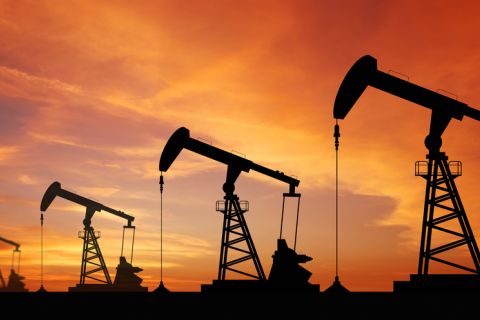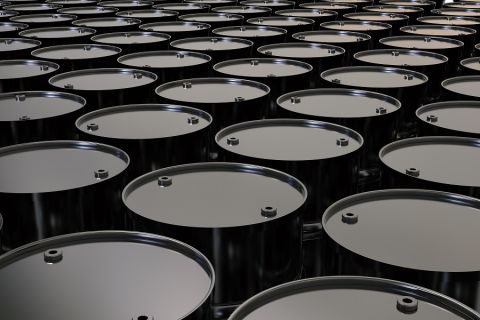Presented by:
One of the fastest-growing segments in the carbon management space is emission detection technologies, with everything from field sensors to drones to airplanes to helicopters being deployed to detect greenhouse-gas (GHG) leaks and emissions.
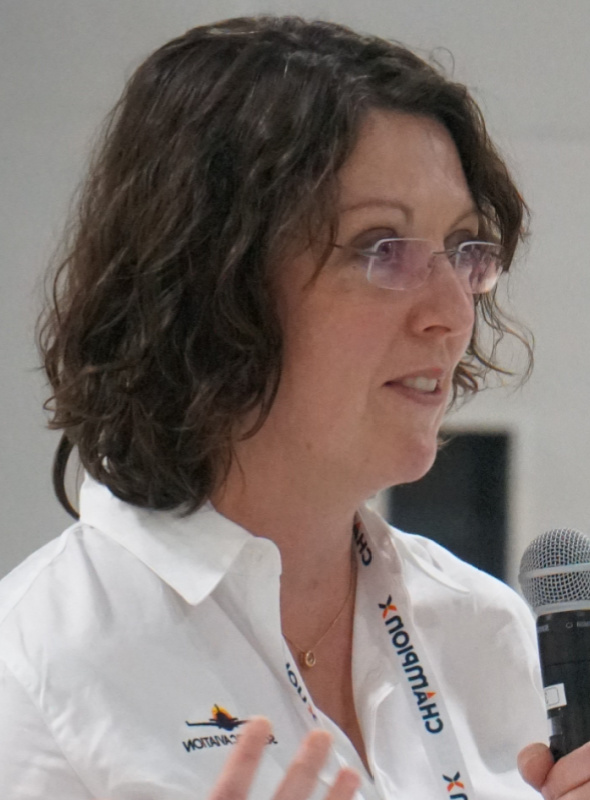
ChampionX, formed in the June 2020 merger between Apergy and ChampionX Holding Co., made entry into the emission detection space through its acquisition of Scientific Aviation in July 2021. Scientific Aviation brings to market plane-, drone- and land-based measurement devices to detect atmospheric pollutants and GHG.
Erin Tullos, director of research and development at Scientific Aviation, said the company was established when CEO Steve Conley sought a method to conduct atmospheric science evaluations via airplane to better understand emission rates in a given region.
“Scientific Aviation had its ride to fame during the Aliso Canyon [gas leak] event where NASA and others were called out,” Tullos said. “The state of California declared a state of emergency to try to understand where these emissions were coming from. They called Steve out, and he took his airplane out there and flew around. Before he even landed, the plane gave them a number that it took NASA one year to agree with.”
Scientific Aviation’s technology eventually caught the attention of the oil and gas industry, when in 2017 ConocoPhillips Co. approached Conley with a request for a drone surveillance technology to monitor its emissions. Tullos said that after a few years of deploying drones to detect its emissions, ConocoPhillips came back to Conley requesting a continuous monitoring application.
“That customer said, ‘I want it to be cheap, and I want it to tell me when I have an emission and pin false alarms,’” she said.
At that, Tullos was then working for Exxon Mobil Corp. and also a Scientific Aviation customer.
“Steve called me and said, ‘What does [this technology] need to cost, and what does it need to do? And how do you want an alert, and how would you like your information?’” she said. “So it was really [developed] from a user-centered design approach. And from there was born the SOOFIE.”
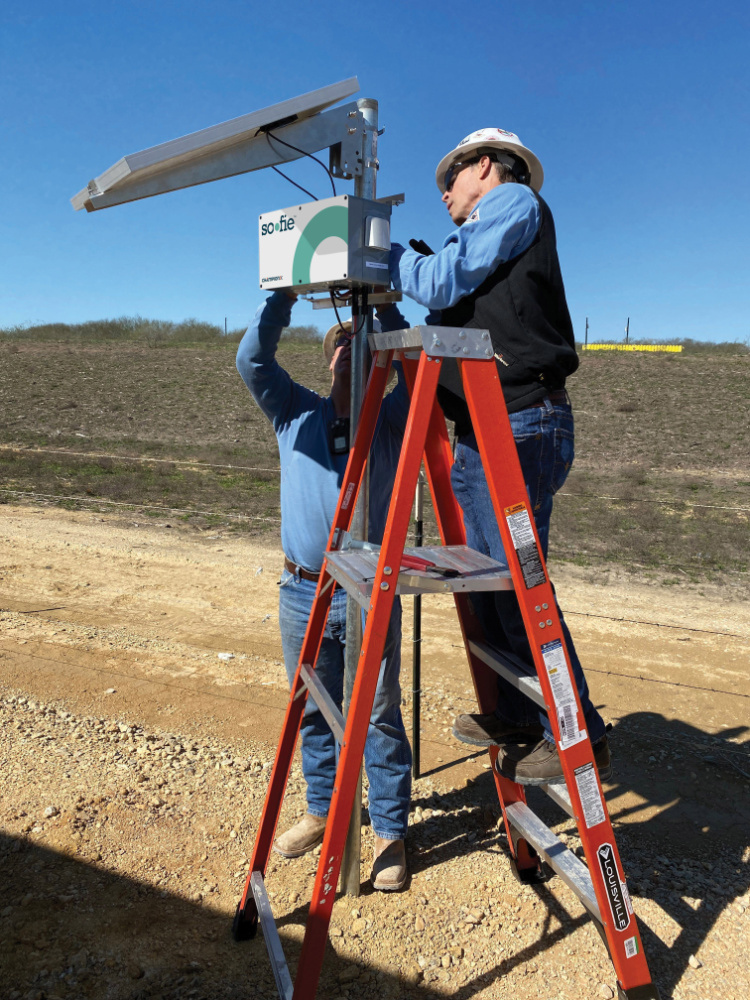
Erin Tullos of Scientific Aviation cited research conducted by the Environmental Defense Fund that “super emitters” contribute an outsized impact on emissions, which include devices such as tank thief hatches, pressure relief devices, blow down valves on compressors and, of course, excessive flaring practices.
Scientific Aviation’s “Systematic Observations of Facility Intermittent Emissions,” or SOOFIE, is a land-based, solar-powered leak detection system that takes five measurements every second and employs machine learning to accurately identify anomalies 24 hours a day. SOOFIE also captures atmospheric conditions that are important to calculating actual emission rates, rather than measuring concentrations levels, which the company says can be susceptible to producing many false alarms. The system can also measure gases such as H2S, NO and NO2.
“SOOFIEs are now deployed in thousands of units out into the oil field,” Tullos said. “The value there being that if large emission sources can occur anytime, then having a sensor nearby that’s capable of telling you when they start will allow you to stop them much faster than if you just go once or twice a year, manually inspecting those sources.”
As Tullos explained, most emissions result from leaks from valves and flanges or on equipment that is intended to emit such as an intermittent bleed pneumatic controller, which is engineered with an emissions source. And in terms of geographically guilty parties, the main culprit is far and wide the Permian Basin.
“If we’re talking sheer numbers and types of sources, the majority of the academic research has really focused on North American assets to date,” she said. “They say the majority of emissions come from just a few things. There’s a Stanford University paper that says in the Permian Basin, 50% of emissions came from 5% of the observed forces. So, if there were 100 sources, five of them gave 50% of the emissions.”
Tullos also cited research conducted by the Environmental Defense Fund that “super emitters” contribute an outsized impact on emissions, which include devices such as tank thief hatches, pressure relief devices, blow down valves on compressors and, of course, excessive flaring practices.
“There are just a handful of sources that have been implicated quite a number of times as large sources,” she said.
US GAS FLARING HITS RECORD LOWThrough a combination of improved takeaway capacities, investor expectations and COVID-related impacts, gas flaring hit a record low in the U.S. last fall, according to a report by Rystad Energy. The declines were led by improved flaring practices in the Permian Basin and Bakken Shale, resulting in the lowest levels of flaring in the U.S. since 2012, according to Rystad.  Hart Energy had an exclusive interview with the author of that report, Artem Abramov, head of shale research for Rystad Energy. The following is an excerpt of that interview. The full interview is available to view on hartenergy.com. Tell us a bit more about the recent report Rystad issued that looked at flaring in U.S. onshore development. Artem Abramov: Gas flaring in the U.S. oil basins, especially in the Permian and Bakken, has been a very major challenge, especially in 2018 and 2019. That was the time when activity level was really high, and we had quite a large number of infrastructure issues. That was when gas flaring increased quite substantially, even faster than oil production. At the peak, in the summer of 2019, the industry was actually flaring 1.5 billion cubic feet of gas daily in all major oil basins combined. Since that time, we have seen fairly large numbers of structural improvements. The COVID-19 downturn in 2020 accelerated transformation of the industry to some extent. Essentially, it helped the industry to win some time and achieve the completion of several critical infrastructure projects while activity level and production were depressed. 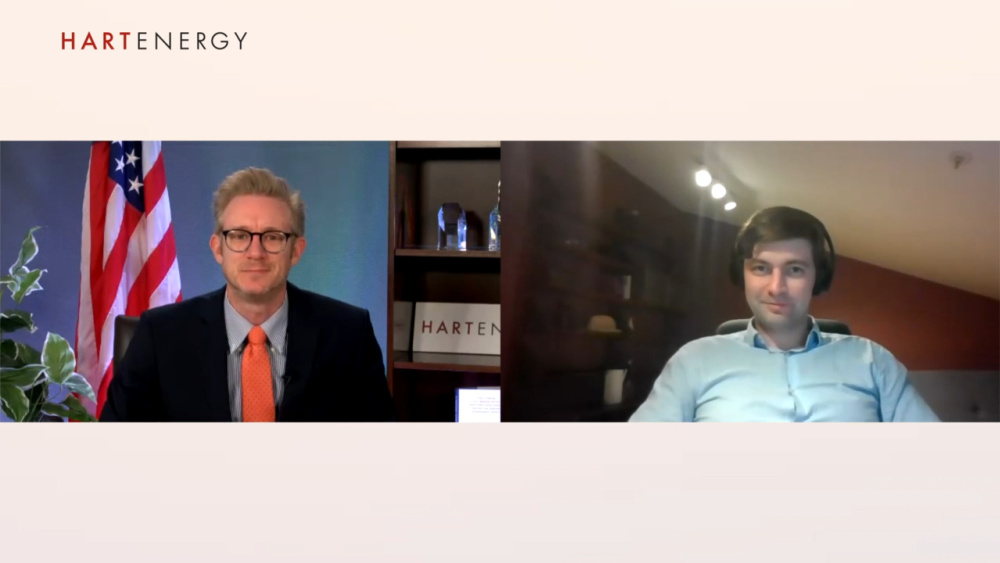
Click Here to Watch the Full Conversation with Rystad Energy Head of Shale Research Artem Abramov.[Flaring] actually started declining again to new multiyear records in the second half of last year. Flaring intensity—the percentage of gas which has been flared up to today—is lower than it was back in 2018, 2019. For example, in the Permian Basin, just around 1% compared to 5% during late 2018, early 2019. But the significant part of the story came from the fact that industry actually recognized and admitted the presence of the problem back in 2018, 2019. Essentially in the previous growth cycle, we saw so many cases when operators really didn’t employ integrated project planning approaches. There was a big miscommunication between upstream companies and midstream companies. And at that time, in the Permian Basin, there was a lot of activity, a lot of new wells. And they were completed in new areas, which required new gathering pipelines to be built. And what we frequently saw was that wells were completed, but the gathering pipelines were not. The operators had to make a pretty difficult choice: either they wait for the pipelines and delay their cash flows—and remember at that time regional gas prices were very close to zero, sometimes even negative, so gas was really a secondary product, insignificant for the total revenue stream— or you put your well on production and start flaring gas. And given that you flare gas in the first four to six months of a well’s lifetime, when you flare gas on new wells, it immediately results in significant spikes in your total level of flaring. The industry has really adopted a different policy. We know that there are many large independent producers, which now have very strict internal policies. They were, of course, pushed by the demand from the investor community. Essentially, they have a zero tolerance policy with respect to flaring. With production expected to continue to increase, do you expect flaring trends to continue to decline? AA: I have a high degree of confidence that gas flaring will continue to decline in the next two to three years. All large independent producers now have quite tangible targets. They plan to eliminate routine flaring completely at latest by 2025 and in exceptional cases by 2030. —Brian Walzel |
Project Falcon
In what may be one of the most wide-ranging and ambitious methane detection projects to date, in March 2021 Scientific Aviation partnered with Chevron Corp., ConocoPhillips, Devon Energy Corp., Exxon Mobil, Pioneer Natural Resources Co., Royal Dutch Shell Plc and TRP Energy for what was deemed Project Falcon—a six-month joint industry partner study that aims to help determine the best way to deploy continuous methane monitoring technology that will allow energy companies to find, detect and repair methane leaks faster.
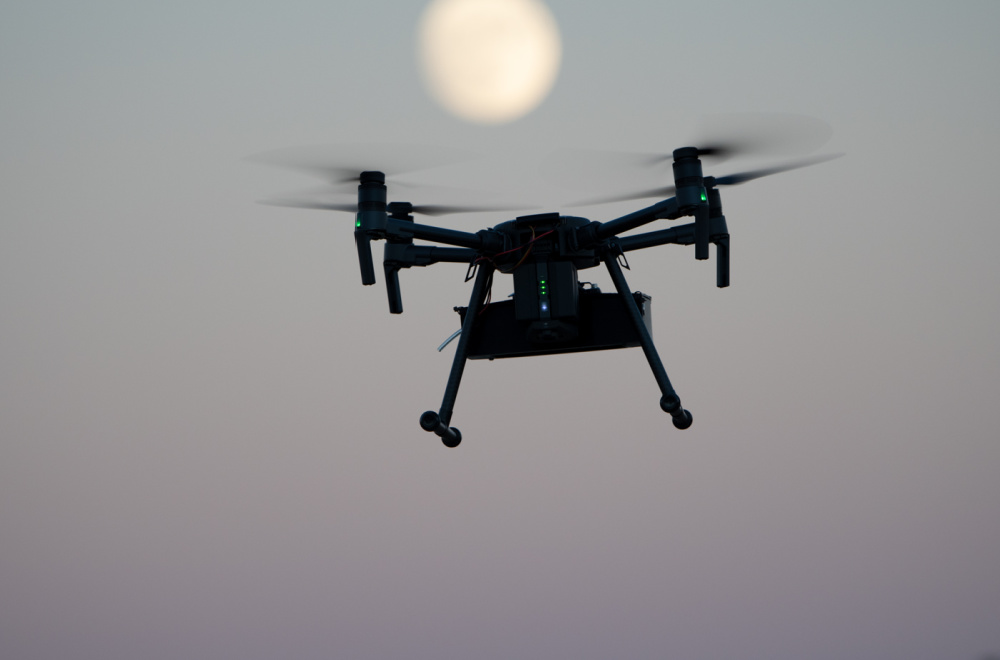
The project applied Scientific Aviation’s SOOFIE system to measure methane emissions in Colorado, New Mexico and Texas.
“Project Falcon was seven operators who came together and said, ‘Let’s put an extensive number of instruments on a facility in each operator’s site so we can get some variation,’” Tullos said. “And then we can study that data and see what would have been the optimal number of sensors to have placed to balance cost and the ability to detect emissions. And study what is the optimal way to set an alert that will send an operator out to the site to address an emission. What is the optimal height to set up your emissions monitor? What is the optimal configuration?”
Tullos said the results of the study are currently going through review for submission to a peer-reviewed journal.
In a press release announcing the study, Scientific Aviation explained that while Project Falcon specifically focuses on the use of the SOOFIE sensors, “the findings of the group will be useful regardless of which continuous monitoring system an operator may implement in the future. The goal of this project is to test and optimize implementation of real-time monitoring of methane emissions at the facility level.”
The company added that the results of the project will complement other efforts investigating sensor networks for continuous monitoring of emissions at a regional level.
Recommended Reading
US Gulf Coast Heavy Crude Oil Prices Firm as Supplies Tighten
2024-04-10 - Pushing up heavy crude prices are falling oil exports from Mexico, the potential for resumption of sanctions on Venezuelan crude, the imminent startup of a Canadian pipeline and continued output cuts by OPEC+.
What's Affecting Oil Prices This Week? (Feb. 26, 2024)
2024-02-26 - Stratas Advisors forecast that global crude production will be essentially unchanged from 2023, which means that demand growth in 2024 will outpace supply growth.
US Oil Stockpiles Surge as Prices Dip, Production Remains Elevated
2024-02-14 - EIA reported crude oil stocks increased by 12.8 MMbbl as February began, far outstripping expectations.
Oil Broadly Steady After Surprise US Crude Stock Drop
2024-03-21 - Stockpiles unexpectedly declined by 2 MMbbl to 445 MMbbl in the week ended March 15, as exports rose and refiners continued to increase activity.
Oil Dips as Demand Outlook Remains Uncertain
2024-02-20 - Oil prices fell on Feb. 20 with an uncertain outlook for global demand knocking value off crude futures contracts.


